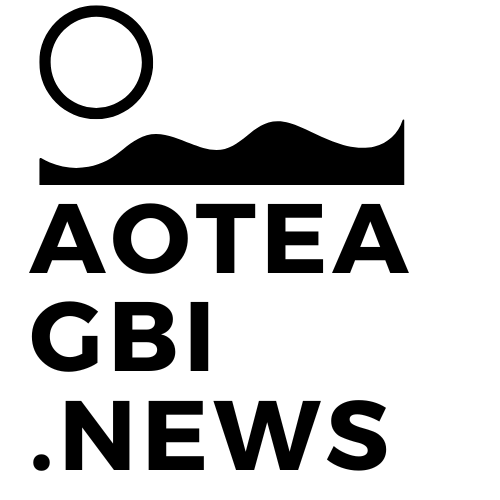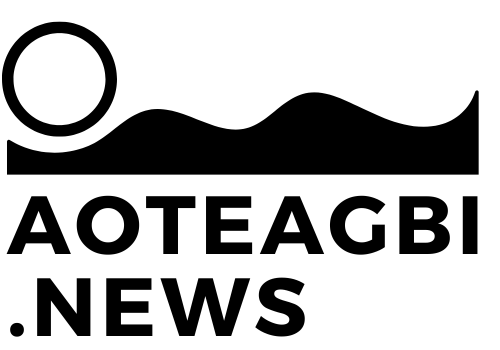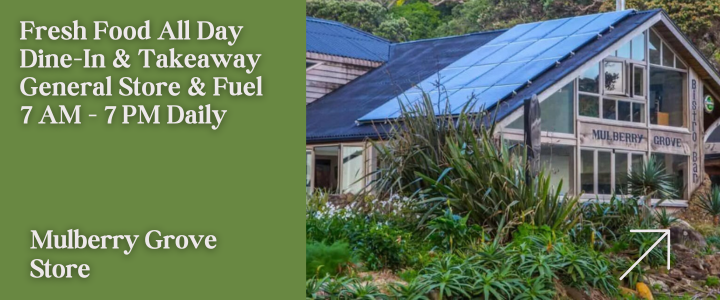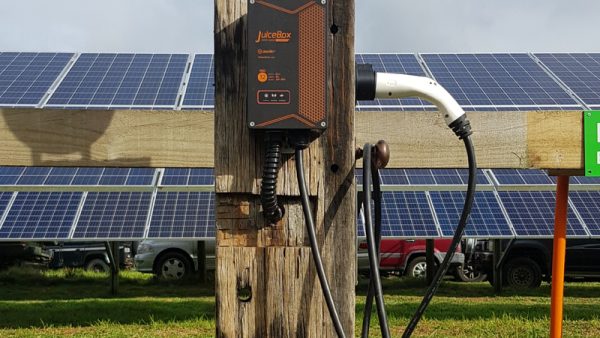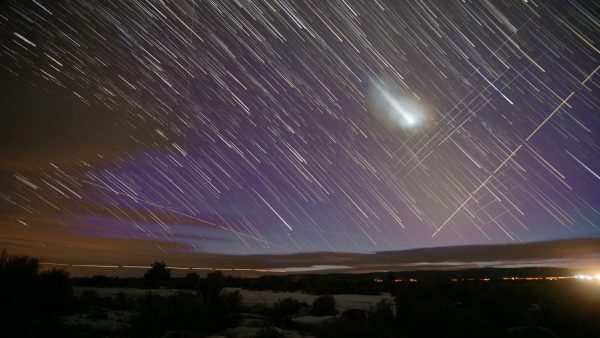The boat Tiri, once the beating heart of Radio Hauraki and the centre of a political and media storm of the swinging sixties. Photo / NZME
In the mid-1960s, Radio Hauraki became a symbol of media independence and defiance against state-controlled broadcasting in New Zealand. Moored off the shores of Great Barrier Island, the Tiri (and later Tiri II) served as the pirate ship from which Hauraki broadcasted, challenging the government’s monopoly on the airwaves. This rebellious act not only provided New Zealanders with an alternative source of music and news but also embodied the spirit of free speech and innovation.
Fast forward 20 years from Radio Hauraki’s maritime defiance, TV3 emerged, carrying the torch of independence into the realm of television broadcasting. TV3’s inception and operations resonated with the same fight for an independent voice in a media landscape dominated by state-owned entities. TV3’s role extended beyond just another TV channel—it was part of a broader narrative of media freedom and diversity in New Zealand.
On Great Barrier Island, and similar remote communities, TV3’s significance transcended entertainment. It was a bridge to the mainland and the wider world, offering a platform for local stories and perspectives to reach a national audience. The Hui’s coverage of Aotea as recently as last year is a prime example, but TV3 has always come to Aotea, The Chathams, Rakiura, highlighting local issues and achievements, thereby enriching the national discourse with voices from our outlying islands.
In an age where digital connectivity (which arguably killed TV3) is heralded as the great equalizer, the reality, especially in remote areas, tells a different story. The advent of technologies like Starlink is indeed transformative, offering unprecedented internet speeds that promise to shrink distances. Yet, for many among us, particularly the elderly and those on limited incomes, these advancements remain out of reach. The evening news broadcast was more than a routine; it was a daily ritual of connection and community. Certainly, TVNZ was there, but it felt like the government’s voice. 3 National News, was Kiwis talking directly to Kiwis.
The presence of media outlets like TV3 is maybe taken for granted. Among our community, where conspiracy theorists often paint the media as a puppet of the elite, this shutdown poses a stark counterpoint. It prompts a critical question: If mainstream media like TV3 were truly instruments of elite control, why would it be allowed to close? I wonder if the abrupt departure of such a familiar fixture might prove the age-old adage ‘You’ll miss us when we’re gone’.

These executives’ decisions aren’t just affecting a reduction of media diversity; they increase isolation of New Zealand’s remote communities. The importance of maintaining diverse channels of information and connection cannot be understated, especially in areas where options are already few. Perhaps that has little sway in the boardrooms and beltways of Wellington, but television is a window to the world.
At home we have AoteaFM and things are looking brighter when it comes to supporting the connectivity of our community. Initiatives like the launch of a new community newsletter are steps in the right direction, offering hope that local journalism can thrive and continue to tell our stories. Yet, the challenge to ensure that we can still see beyond our shores while making sure others see and hear us too, just got tougher.
The closure of TV3 News starkly highlights that the battle for independent broadcasting, initiated by Radio Hauraki’s pioneering defiance, is far from over. It reminds us that the fight for a media landscape where every voice can be heard, every story shared, and every perspective valued, is ongoing. Without active backing, we’ve now seen those independent voices can vanish, almost as quickly as they arrive.
